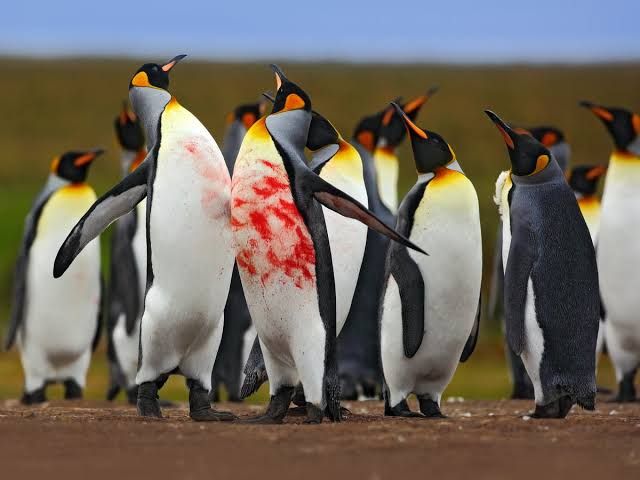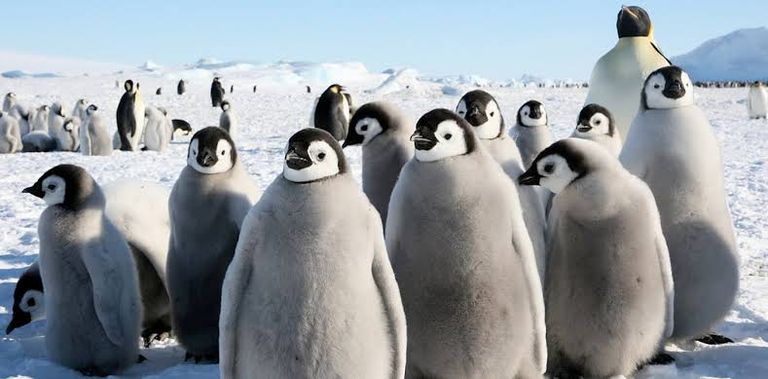
Penguins (order Sphenisciformes /sfɪˈnɪsɪfɔːrmiːz/, family Spheniscidae /sfɪˈnɪsɪdiː/) are a group of aquatic flightless birds. They live almost exclusively in the Southern Hemisphere: only one species, the Galápagos penguin, is found at or north of the Equator. Highly adapted for life in the water, penguins have countershaded dark and white plumage and flippers for swimming. Most penguins feed on krill, fish, squid and other forms of sea life which they catch while swimming underwater. They spend roughly half of their lives on land and the other half in the sea.

Scientific classificatione
Kingdom:
Animalia
Phylum:
Chordata
Class:
Aves
Clade:
Austrodyptornithes
Order:
Sphenisciformes
Sharpe, 1891
Family:
Spheniscidae
Bonaparte, 1831

The largest living species is the Emperor penguin (Aptenodytes forsteri):[4] on average, adults are about 1.1 m (3 ft 7 in) tall and weigh 35 kg (77 lb). The smallest penguin species is the little blue penguin (Eudyptula minor), also known as the fairy penguin, which stands around 33 cm (13 in) tall and weighs 1 kg (2.2 lb).[5] Today, larger penguins generally inhabit colder regions, and smaller penguins inhabit regions with temperate or tropical climates. Some prehistoric penguin species were enormous: as tall or heavy as an adult human. There was a great diversity of species in subantarctic regions, and at least one giant species in a region around 2,000 km south of the equator 35 mya, in a climate decidedly warmer than today.[which?]
Authors get paid when people like you upvote their post.
If you enjoyed what you read here, create your account today and start earning FREE BLURT!
If you enjoyed what you read here, create your account today and start earning FREE BLURT!